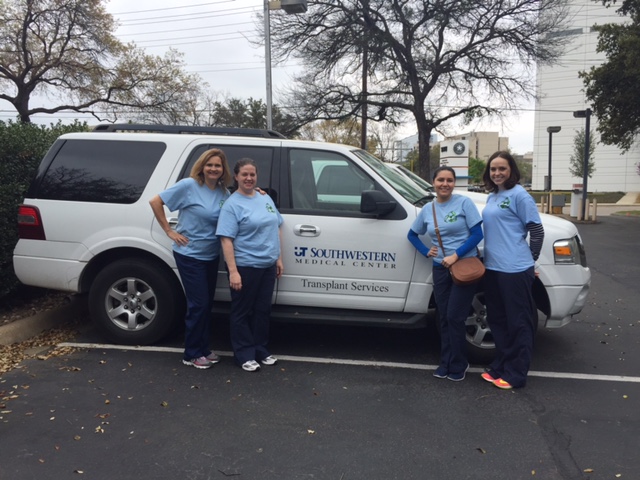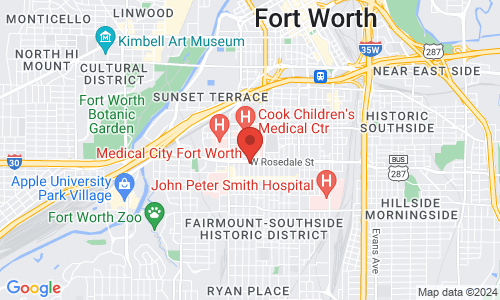The Eyes Have It!
March is National Eye Donor Month and as one of leading Cornea/Anterior Segment Care Sub-Specialists in North Texas, you can imagine we feel very strongly about donor registration. We see the impact cornea donations have on our patients literally every day. While our staff is familiar with the ins and outs of the before-and-after with cornea, we aren’t directly involved with the in-between. The middleman in this ins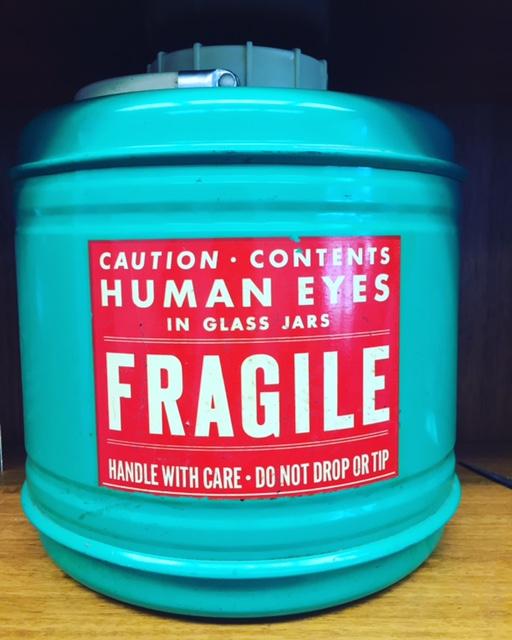
The UTSW Eye and Tissue Bank retrieves, processes, stores, and provides specimens for a variety of transplantation. Obviously, at Cornea Associates of Texas, we use their services for various eye surgeries, but the bank also collects specimens for bone, skin, and other tissue grafts. In our case, we use corneal tissue for full-thickness transplants (penetrating keratoplasty or PKP) and partial-thickness transplants (DSEK, DMEK, DALK, etc.); and in some instances we can use scleral tissue (the white of the eye) for procedures like ruptured globe repairs. As corneal specialists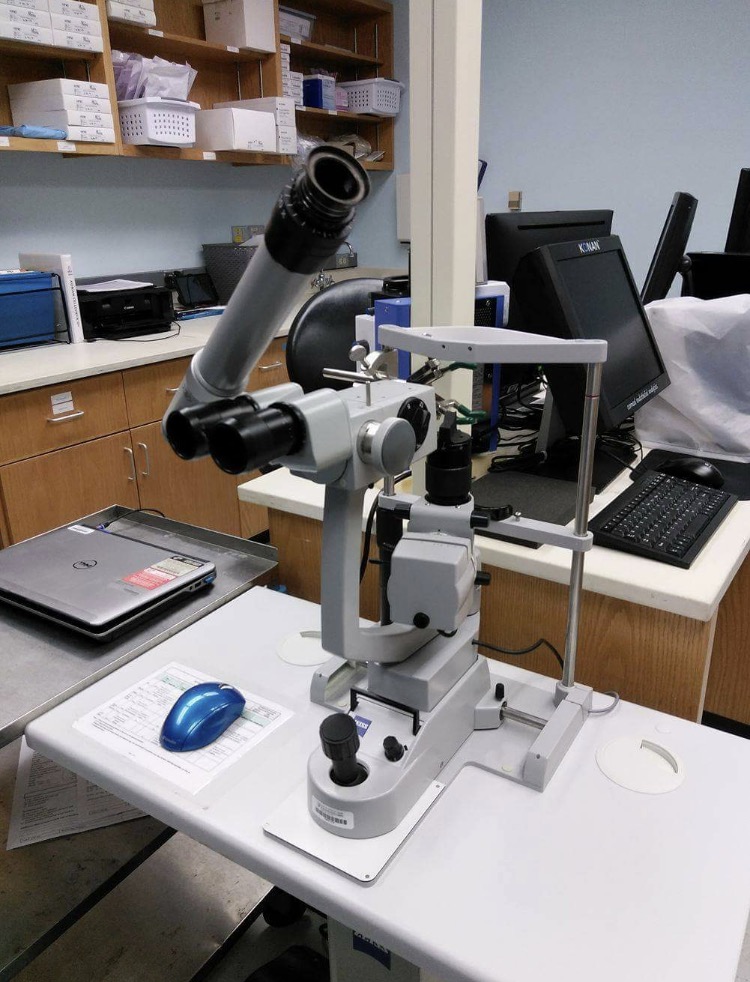 , cornea surgery is our bread and butter, so it is very important to us that we work with a bank that is able to provide high-quality tissue reliably, and in a timely fashion, considering we also perform emergency surgeries and need tissue by the next day.
, cornea surgery is our bread and butter, so it is very important to us that we work with a bank that is able to provide high-quality tissue reliably, and in a timely fashion, considering we also perform emergency surgeries and need tissue by the next day.
The UTSW Eye and Tissue Bank have generously opened their doors to our staff on more than one occasion, the most recent of which was earlier this week and that visit just happened to be during National Eye Donor Month! Our staff was guided by a member of their team and began with an incredibly informative presentation about the process by which specimens are collected, processed, and stored before use. We learned that the whole cornea was left attached to less than an inch of the surrounding sclera before being graded and “prepared” for use. The grading process is fairly rigorous and there is a lot of qualifying criteria that must be met before the tissue can be considered viable for transplantation. That means that not all donors are acceptable and not all tissue recovered is usable. This means that we can be certain our patients are getting the highest quality tissue available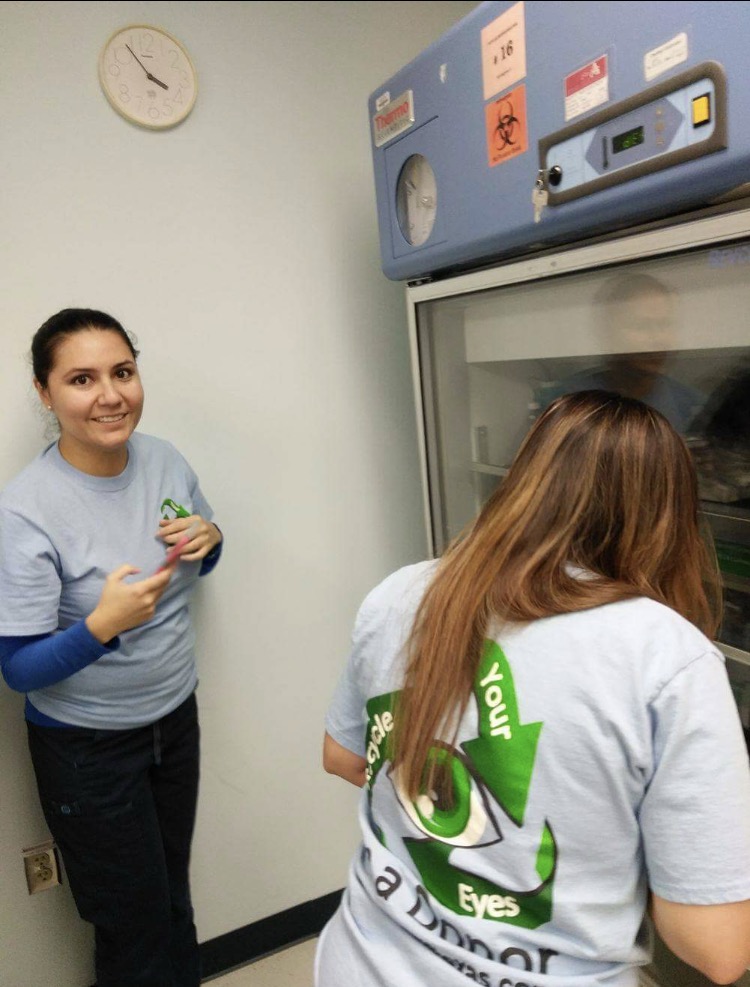 to ensure the best possible surgical and visual outcome post-operatively.
to ensure the best possible surgical and visual outcome post-operatively.
Eye tissue can be stored in nutrient-rich preservation media for as many as 14 days, but with the high demand from our, and other practices, they’re just about flying off the shelves. Because the cornea is an avascular tissue (meaning that it has no blood vessels; this is why we can see through a healthy one), there is no blood-typing necessary for transplants. This means that just about any recipient can have just about any cornea with a considerably low rejection rate, as opposed to organ donation, where donors and recipients must be carefully matched and the rate of rejection is much higher. Other tissues, such as skin, bone, and ligament tissue, can be deep frozen or otherwise preserved and have a much longer “shelf life.”
There are currently 9,325,526 registered donors and 118,377 patients on the transplant waiting list in the US. Becoming a donor is simple and easy. The application can be completed online or you can register by indicating you wish to be a donor when applying for/renewing your driver’s license/state ID at the DPS or DMV. By registering beforehand, there is no time wasted on tracking down next of kin for permission to collect tissue. This is imperative because corneas are only considered viable for so long and the sooner the tissue is collected and preserved, the better. If you aren’t already registered, consider signing up at donatelifetexas.org and be sure to express your desire to donate tissue/organs to your friends and family so that they’re well-aware when the time comes.

